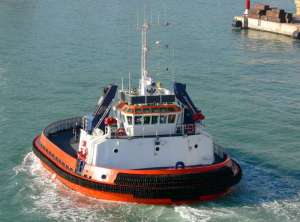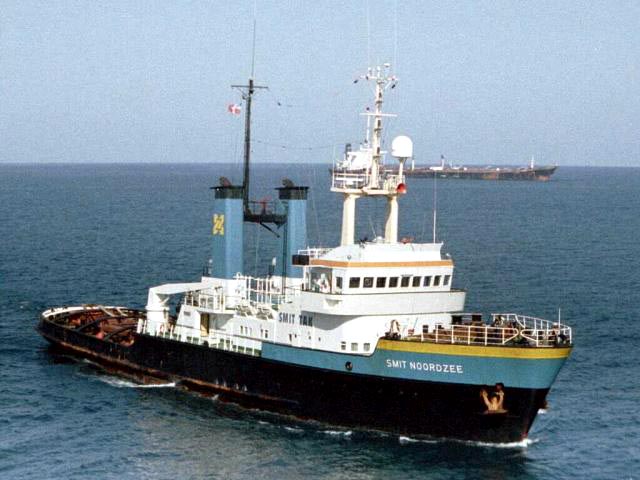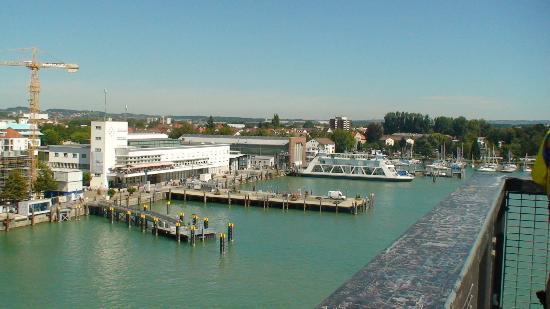The Risks of Shipping Cargo Overseas
A reader recently got in touch with a problem related to the above, looking for some help. They, as a manufacturer of goods had received an order from an overseas company and shipped a batch of their product to a foreign country, in a container, with a container line. However, the buyer never paid for the goods and didn’t collect them either. The line was then claiming storage charges and they didn’t know what to do as the buyer wasn’t responding.
Shipping lines will often charge this ‘container demurrage’ if goods are not collected and they must place them in storage. The cost can exceed the value of the goods in the container and you then risk the container being sold at a salvage auction to pay off the costs.
However, if your documents are all drawn up correctly you should not find yourself in the position where you have liability for these charges and no right to actually take possession of the goods. In giving some general advice on the matter to this reader I considered that a review of the processes at hand might be useful. The international transport of goods is risky, especially to new markets or customers, but often these new avenues of sales will open lucrative opportunities so it is all about minimising the risk. This can be done in four ways, as follows:
1. INCOTERMS
Ensure that your sales contract contains appropriate delivery terms. This can be easily achieved by selecting the correct INCOTERM (standard form international commercial terms drawn up by the International Chamber of Commerce) and using that in the Sales Contract. This determines who will do what and when the risk in the goods passes to the buyer.
You will probably want to just deliver the goods onto the ship in port (FOB) or may want to get them all the way to destination port in delivery country (CFR) or even direct to the buyer’s door (DDP). This avoids arguments about whether you have done what you should have done in respect of the transport of the goods.
2. PAYMENT TERMS
You should arrange payment terms that match the risk of default and value of goods involved. Rather than sending goods to a customer in a foreign country on 30 days invoice terms and then chasing someone you barely know for payment in a foreign country, you should use a Letter of Credit or similar system, whereby you can use respective banks to essentially swap the cargo documents (which will allow collection of the goods) for payment or a guarantee of payment.
This avoids the problem, especially in new business relationships, that a seller doesn’t want to release goods without payment and the buyer doesn’t want to give over money without having the goods. A common process is that the manufacturer brings the goods to port and puts them on the ship, the ship checks them and signs off a Bill of Lading confirming x goods received onboard the ship. The shipper gives the Bill of Lading to the bank, who then releases the funds from the buyer’s account and gives the buyer the Bill of Lading. They can then turn up at the discharge port and collect the goods.
3. CARGO CONTRACT
It is important to ship the goods on terms which allow the sales contract to be completed. For instance, if you send the goods off under a Sea Waybill (not negotiable) and the buyer doesn’t pay then you will have a problem, as the ship will only deliver them onto the named received. These Bills cannot be endorsed. Similarly, if someone pays you in advance and you ship on a non-negotiable Bill of Lading to the named buyer, this might cause a problem if they were planning on selling on the cargo (trading it) during transit, and endorsing over the Bills to another party. Making sure this is agreed in Sales Contract should avoid problems.
4. INSURANCE
Finally, as with everything, the best way to alleviate risk is to insure against it. If trading in new markets take out a form of export credit or trade credit insurance (protecting you against the buyer defaulting and leaving you with unwanted costs and losses). If shipping on, say, CFR terms, the buyer will arrange his own cargo insurance but you will arrange the transport and shipping of the goods. What can happen here is that you ship the goods and the buyer contacts you to say they are damaged, so refuses to pay for them or pays less than the contract price. You can’t claim the difference because the buyer has placed the cargo insurance and has the right to claim under that insurance. Of course they should then compensate you but this may not happen. There is a special type of cargo insurance – a Contingency (Seller’s Interest) Policy – you can take out to cover this risk.
A marine insurance broker will be able to advise on which coverage is most appropriate for your needs and whether individual voyage or annual policies would be more cost effective in your circumstances.
Image Credit: Time Caynes
















